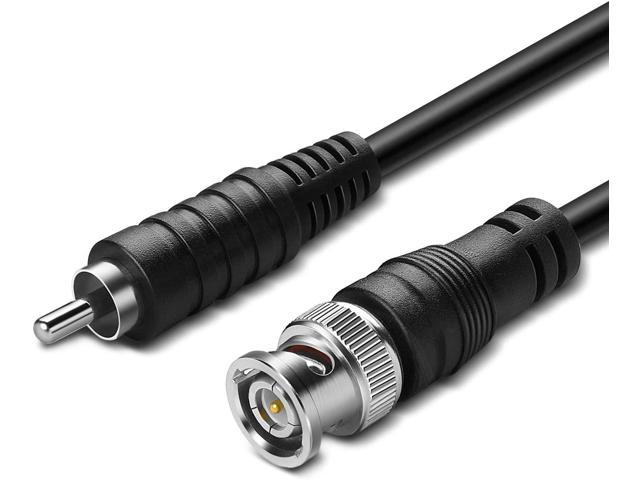In 1996 Syria and Israel came close to ratifying a peace accord. Currently, however, negotiations are stalled, but a change of government in Israel could provide the impetus for them to recommence. A peacekeeping force is most likely to be deployed as part of the security arrangements of a peace accord. The objective of this study is to determine what type of peacekeeping force would be applicable for deployment on the Golan Heights. Two ongoing Middle East peacekeeping missions, the Multinational Force and Observers (MFO) and the United Nations Disengagement Observer Force (UNDOF) are evaluated to determine their suitability as models upon which to structure a peacekeeping force for deployment on the Golan Heights. The purpose of this thesis is to detail the perspectives of the Israelis and the Syrians in formulating a peace accord and rationalize those perspectives to determine the mission and structure of the peacekeeping force. The study concludes that a hybrid of the MFO and UNDOF models should be utilized to structure a Golan Heights peacekeeping force with a monitoring mission. The political organization of the MFO should be adopted and the military force would be a unique structure using the better aspects of both the MFO and UNDOF.















